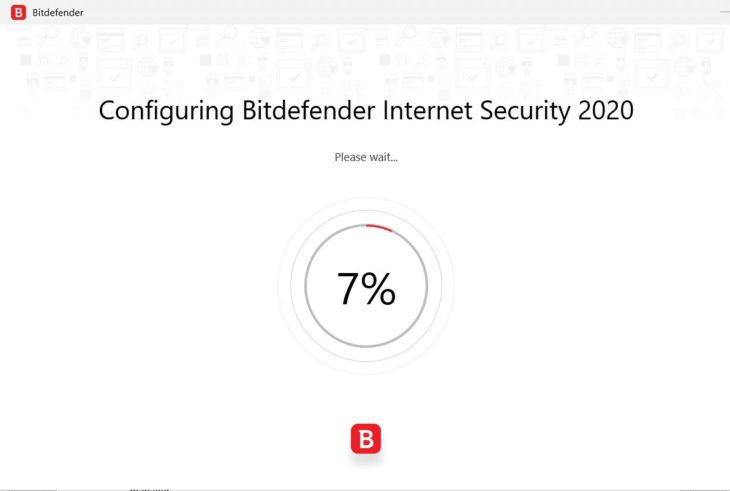

- Bitdefender vs malwarebytes manual#
- Bitdefender vs malwarebytes software#
- Bitdefender vs malwarebytes code#
- Bitdefender vs malwarebytes windows#
It was ranked 7 th among the Microsoft Windows anti-malware application vendors in the world.
Bitdefender vs malwarebytes software#
Overview To Malwarebytes vs Bitdefender 2023 Is Bitdefender A Good Antivirus?īitdefender is a company, with products and software that aim at providing cybersecurity to its customers. Therefore, try to find which antivirus program is better to secure your device. This comprehensive guide will help you in making a wise decision. So we moved to Bitdefender Endpoint for a couple of years - more expensive than Vipre, worked better, less management overhead/better mgmt model, support was good but offshore in other countries so a bit delayed on response, quality was goodįor a little bit more money we were able to move to FortiEDR by Fortinet.we already use Fortinet for lots of things, next gen type capabilities with EDR, info gathered ties in to other Fortinet ecosystem stuff, broader coverage as far as device types.įrom a happiness perspective I put it like this - Vipre can piss right off, Bitdefender can come over for dinner anytime, Fortinet is our homie.Having confusion while selecting antivirus between Bitdefender or Malwarebytes.

Vipre - mgmt was fine, cost was good, support was alright, didn't turn out to be as effective as it needed to be If I had a breach and needed triage I think I'd rather have the Crowdstrike team since that was their area of expertise before they even had an EDR.ħ50 seats/devices, SLED is our vertical, since we are government we have both a diverse workforce in terms of skill/cybersecurity awareness, and we are also a target for being govt and/or being seen as soft or caught with our heads up our rear ends because govt. Crowdstrike's managed services is likely better than S1's.
Bitdefender vs malwarebytes manual#
With S1 that was a manual process (you can push client upgrades from the console, but with systems with spotty internet or that are offline for long stretches it can be a pain in the ass to deal with since it will time out for those systems). Crowdstrike is still really great at keeping the bad guys out and I like that they automatically manage the endpoint versions for us. I also find the S1 interface easier to use - Crowdstrike's menus are confusing to new people even with the revamp they did recently. My vulnerability scanner is only on prem, so I appreciate this extra piece for remote systems that rarely connect to my network. Certain tiers of S1 can also detect and rerun reports on things like out-of-date software that you need to remediate which is helpful from a vulnerability management and software lifecycle management perspective. The S1 remote shell is also better since it can just run commands you’re already used to (No new shell to learn). Crowdstrike had more false positives in my environment than S1 by far (especially if you have the VSS detections on, which is recommended in Crowdstrike’s documentation). I'm sure that info is out there somewhere, I just haven't worked with Windows in a while so I forget.Ī blog post that explains it better than I do:

It's kinda hard to summarize because there's a lot of ways to hook Windows functions and I can't remember the methods that commercial EDR/AV products use these days. Once you have Admin privileges, there isn't really anything stopping you from messing around with Windows itself (or bypassing Windows and giving the CPU instructions directly).
Bitdefender vs malwarebytes code#
Unhooking depends on the way the functions are hooked, but it's usually something like removing the "trampoline" code used to redirect execution to the EDR that is added to beginning of the Windows function or unloading the EDR's DLL that it injects into new processes. For example, a process asking to write to another processes' memory is suspicious behavior, and EDRs will pick up on attempts to do that. EDRs and advanced AVs "hook" into sensitive Windows functions to see what is calling them and what it's asking for before allowing the call to go through.


 0 kommentar(er)
0 kommentar(er)
